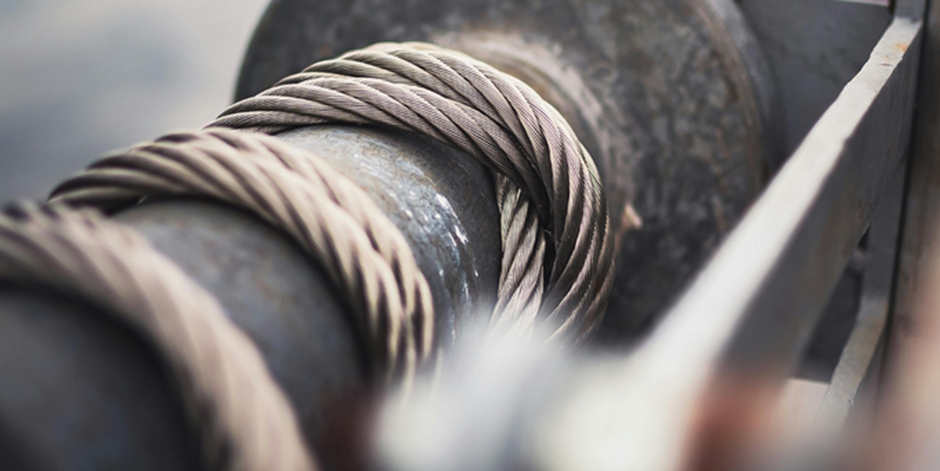An air winch, also known as a pneumatic winch, is a versatile piece of equipment widely used in various industries for heavy lifting, pulling, and winching tasks. Powered by compressed air rather than electricity or hydraulics, these winches offer several advantages, including portability, reliability, and ease of use in challenging environments. In our article, we’ll take a closer look at what an air winch is, how it operates, and explore its diverse applications across different industries.
What is an Air Winch?
An air winch is a type of winch powered by compressed air rather than electrical or hydraulic power. Typically, air winches are used in situations where electricity is unavailable or unsuitable, such as in explosive environments or remote locations. These winches are particularly valuable for their portability and safety features, making them ideal for demanding, high-risk tasks.
Air winches function similarly to electric and hydraulic winches. They consist of a drum, cable, and motor, but instead of using electric power, the motor is driven by compressed air. The winch is connected to an air compressor, which supplies the air necessary to operate the motor. The winch is activated by engaging the control, and the drum winds or unwinds the cable as needed.
How Do Air Winches Operate?
Air winches operate using compressed air to power the winching process. The motor inside the winch is connected to an air compressor, which provides the necessary air pressure to turn the motor. When air is directed into the motor, it generates mechanical energy that turns the drum, allowing it to pull or lift heavy loads.
The primary components of an air winch include:
- Air Motor: The heart of the winch, powered by compressed air, which drives the drum to wind or unwind the cable.
- Drum: The part of the winch that holds the cable or rope and is responsible for winding and unwinding it.
- Control System: This system allows the operator to engage, control, and disengage the winch, including adjusting speed and direction.
- Cable or Rope: Used to pull or lift heavy objects, typically made of steel or synthetic fibres.
These components work together to make air winches highly effective for heavy lifting and hauling tasks. They are typically used in applications where the high torque and low speed of air motors are advantageous.

Common Applications of Air Winches
Air winches are essential tools in many industries. Their portability, high reliability, and ability to function in hazardous environments make them invaluable in situations where traditional electric or hydraulic winches may be unsuitable. Below are some of the most common applications of air winches.
1. Offshore and Marine Operations
One of the most common uses for air winches is in offshore and marine operations. These winches are often used to handle large, heavy equipment and materials in challenging environments. For example, air winches are employed to pull and lift anchor chains, raise buoys, and manage underwater cables.
Air winches are ideal for marine environments due to their resistance to corrosion, making them suitable for use in saltwater. Their explosion-proof design is also essential for stopping and preventing accidents in environments where flammable gases or vapours are present.
2. Mining and Construction
Air winches are widely used in mining and construction industries for tasks such as hauling heavy machinery, lifting materials, and supporting rigging operations. These winches help ensure that lifting tasks are performed efficiently and safely, even in remote locations.
In these industries, air winches are often needed in environments where electricity may be impractical or unsafe to use, such as underground mines or remote work sites. Air winches provide the power which is needed for lifting without the risks associated with electric or hydraulic systems.
3. Rescue and Emergency Operations
Air winches play a critical role in rescue and emergency operations, especially in environments such as mountain rescues, firefighting, or when lifting heavy objects in disaster recovery situations. They are used to lift people or heavy debris, extract trapped individuals, and carry out rescue operations in areas that are hard to access. The portability and ease of use of air winches make them perfect for emergency situations where space is limited and the need for quick, reliable lifting equipment is critical.
4. Shipyard Operations
Shipyards often rely on air winches for tasks such as moving heavy components of ships, hoisting large sections of the hull, and managing materials in shipbuilding and repair operations. The high torque and power provided by pneumatic motors are ideal for lifting and positioning heavy loads. In shipyards, air winches can be used in hazardous environments where explosion-proof or spark-resistant equipment is necessary, such as in the presence of flammable materials or vapours.
Atlas Winch Hire & Hoist Services
Air winches are invaluable tools across a range of industries, from offshore operations to emergency rescues. Their versatility, portability, and reliability make them essential for tasks that require heavy lifting, pulling, and positioning. By understanding the various applications of air winches, you can ensure you choose the right equipment for your project.
When selecting an air winch, it’s important to consider factors such as load capacity, operating environment, and safety requirements. Working with an experienced winch supplier ensures that you can access the right equipment, whether through winch hire or purchasing a portable air winch tailored to your needs.
If you’re in need of high-quality air winches or other lifting gear, contact us today to discuss your requirements and find the perfect solution for your project.








